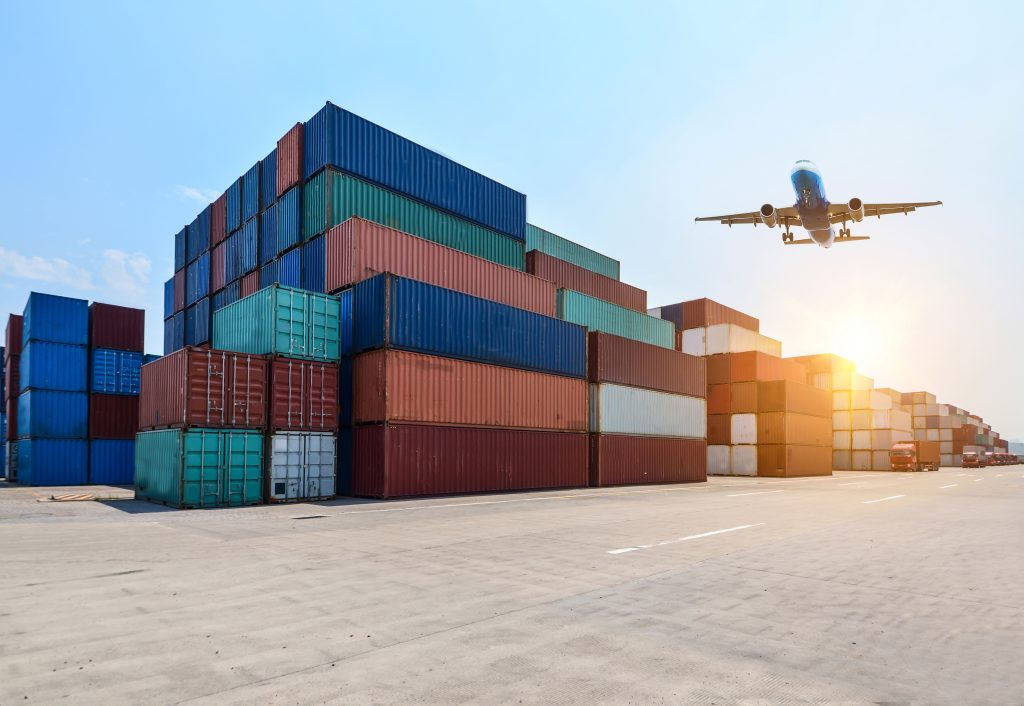Container Shortage Crisis in Australia: A Perfect Storm of Disruptions
Australia is currently grappling with a severe shortage of shipping containers, a crisis driven by a combination of industrial actions, port congestion, and global supply chain disruptions. This shortage is having a significant impact on the country’s import and export activities, particularly for businesses reliant on specialized containers.
Strikes at DP World: A Catalyst for Container Shortages
One of the key contributors to the container shortage is the ongoing industrial action at DP World facilities across Australia. The strikes, which have affected major ports, have significantly disrupted the movement of empty containers. As a result, the availability of these containers has plummeted, exacerbating the shortage. Terminals have been forced to prioritize full import and export containers, leaving empties stranded and unavailable for repositioning to areas where they are desperately needed (ACCC).
Port Congestion: A Growing Challenge
Australia’s ports are experiencing unprecedented congestion, further complicating the container shortage. According to reports, major ports like Brisbane, Melbourne, and Sydney are facing significant delays, with vessels waiting up to 14 days for berthing. This congestion is primarily due to the increased demand for freight services, coupled with ongoing disruptions in the global supply chain. The backlog of containers at these ports is contributing to the scarcity, as containers remain stuck at terminals instead of being cycled back into circulation (DHL Logistics of Things) (ACCC).
Global Supply Chain Chokepoints
The global shipping industry is also feeling the strain of rising demand and supply chain chokepoints, which are having a cascading effect on Australia’s container availability. Key transshipment hubs like Singapore are facing severe congestion, with vessels experiencing delays of up to seven days. The knock-on effects of these delays are being felt across the globe, with shipping schedules becoming increasingly unreliable. These global chokepoints are making it difficult for Australian businesses to secure the containers they need, as the supply of containers remains tight worldwide (DHL Logistics of Things) .
Mismatch of Supply and Demand
Compounding the problem is a mismatch between the types of containers available and those needed by Australian exporters. This imbalance is making it even more challenging for exporters to meet their shipping requirements, further straining the supply chain.
The Red Sea Crisis: A New Threat to Global Shipping
Adding to the woes of the global shipping industry, the Red Sea has emerged as a new crisis point, with geopolitical tensions and security threats disrupting key shipping routes. This has forced vessels to reroute, leading to longer transit times and further reducing the availability of containers. The crisis has had a ripple effect across global shipping networks, including those serving Australia, making it even harder to predict when container availability might improve.
Australia’s container shortage is a complex issue driven by a convergence of local and global factors. Industrial actions, port congestion, global chokepoints, and a mismatch between container supply and demand have created a perfect storm that is disrupting the country’s supply chain. Without swift and coordinated action to address these challenges, Australian businesses will continue to face significant hurdles in maintaining their import and export activities.

